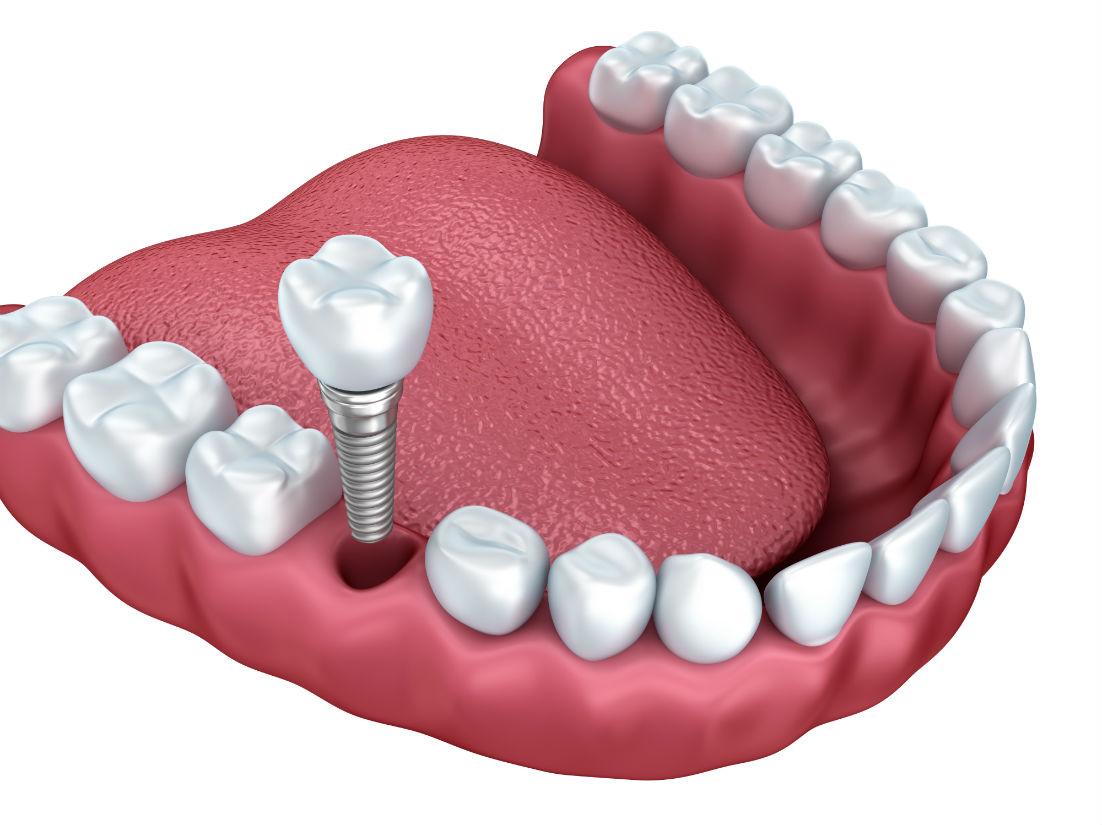Dental Implants - Fremont, CA
 Did you know that dental implants are frequently the best treatment option for replacing missing teeth? As of today, dental implants offer patients with missing teeth a permanent solution with multiple oral health benefits. As a comprehensive dental care provider, Dr. Sapana Majmudar offers both the surgical placement and restoration of dental implants to residents of Fremont and surrounding communities. Dr. Majmudar has extensive experience with dental implants and provides patients with optimal results utilizing digital imagery to pinpoint the exact placement of the implant. Dr. Majmudar also uses continuing education to utilize the most cutting edge techniques and ensure patients receive the highest quality of implant treatment.
Did you know that dental implants are frequently the best treatment option for replacing missing teeth? As of today, dental implants offer patients with missing teeth a permanent solution with multiple oral health benefits. As a comprehensive dental care provider, Dr. Sapana Majmudar offers both the surgical placement and restoration of dental implants to residents of Fremont and surrounding communities. Dr. Majmudar has extensive experience with dental implants and provides patients with optimal results utilizing digital imagery to pinpoint the exact placement of the implant. Dr. Majmudar also uses continuing education to utilize the most cutting edge techniques and ensure patients receive the highest quality of implant treatment.
How Do Dental Implants Work?
Dental implants are a revolutionary three-part tooth restoration option designed to replace one tooth, several teeth, or an entire arch of teeth. The three parts of a dental implant are:
- The post (or screw), which replaces your natural tooth’s root. It is made of medical-grade titanium, which is an entirely biocompatible material that fuses with your jaw bone during healing.
- The abutment, which connects the post to your new replacement tooth (or teeth).
- The crown, which is custom-designed by your restorative dentist to match your natural teeth.
The fusion of the implant post with the surrounding bone in the jaw (a process called osseointegration) creates a healthy and secure foundation for a single tooth crown, a multi-tooth bridge, or in some cases, even a full fixed denture.

